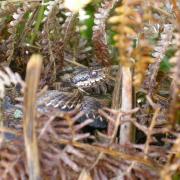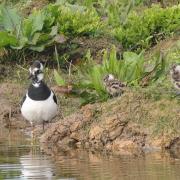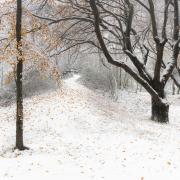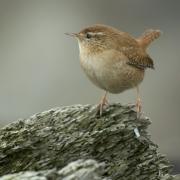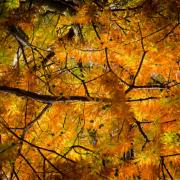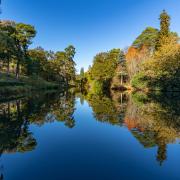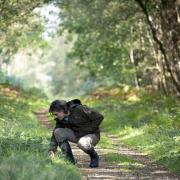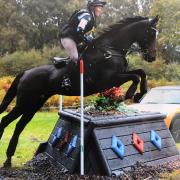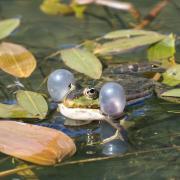What to look out for in the fields this month
As the days lengthen and we look forward to the new season ahead, keep your eyes peeled on country walks for ‘mad March hares’.
Although brown hares are usually solitary, during the spring breeding season, they’re prone to skittish behaviour and ‘box’ as part of their courtship ritual – the ‘boxing’ is actually females battling off unwanted advances from amorous males!
The best time to see hares is in the evening on open grassland, especially near arable land. Sometimes hard to distinguish at a distance, the hare’s larger and black-tipped ears help set it apart from rabbits. They also possess an impressive pair of hind legs, capable of propelling them to speeds in excess of 45 mph.
Brown hares are unusual in living all their lives in the open. Mainly nocturnal, they rest in shallow depressions in fields or long grass, known as a form, with nothing but speed and constant alertness as a defence against predators.
Sussex Wildlife Trust is running a course,
The Life and Times of the Brown Hare on the Duke of Norfolk’s estate at Arundel on March 21. For further details and to book contact Filma Dyer on 01273 497561.



